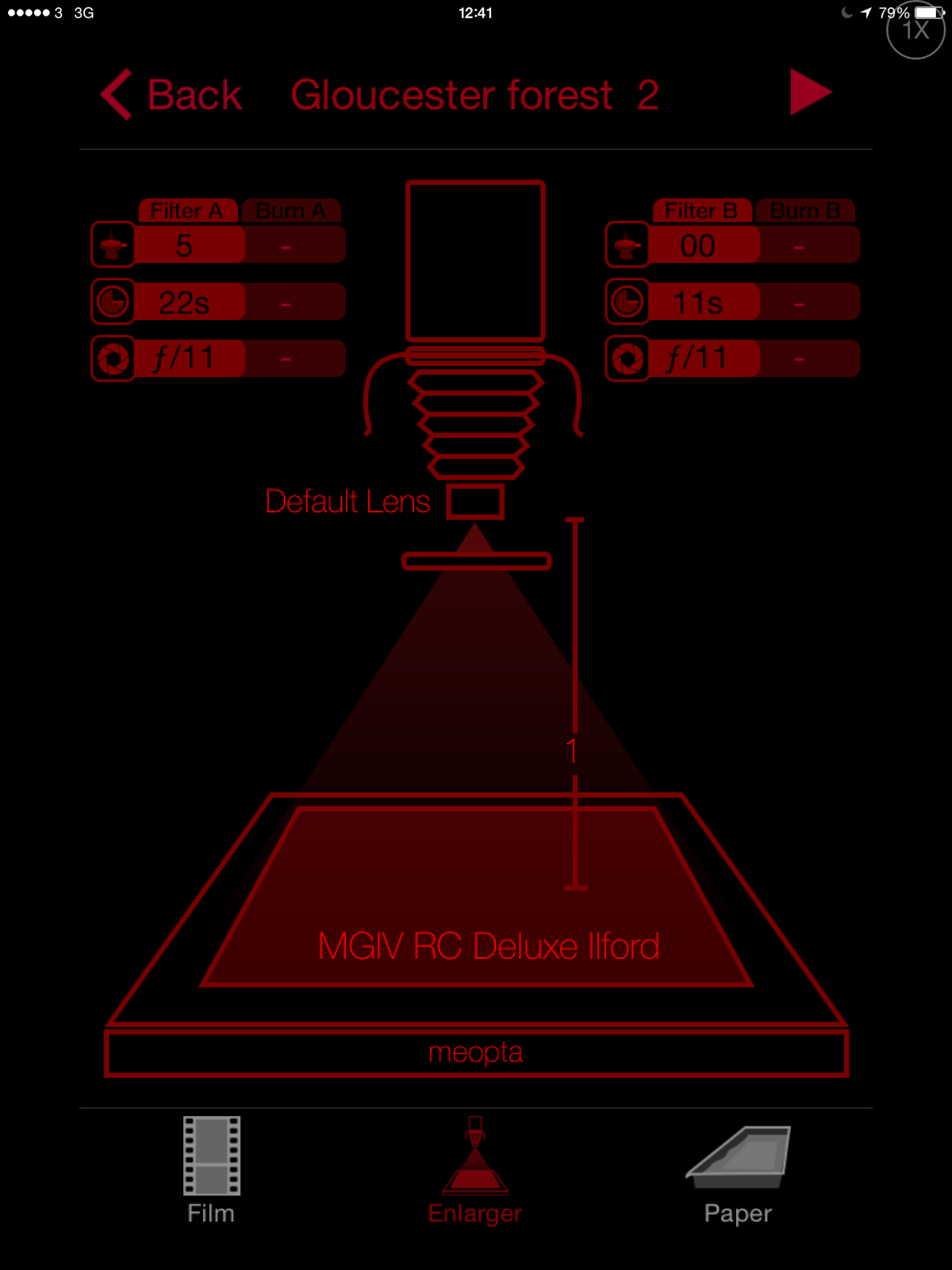Fiber Print Drying Part 2: Extending to Larger Paper (12x16")

Last June I described a method of drying fiber prints using some simple and cheap Plexiglas or Perspex parts. The drawback is that they must be sized for the print. I modestly started then with 8x10 prints and had 4 sets of the dryers fabricated. They use a simple clamping method using bulldog clips. It was quite successful and I have used them many times since on my 8x10 FB prints. At the time I promised to extend this to 12x16" which is the largest print size my darkroom is set up for. One reader commented about some problems they had with a similar approach. Interesting method, Tried something similar with wooden blocks and bolts and wingnuts. 12 x 16 sometimes sheared off the edges of I started with a print that was too wet. Curious to know how you fare. (Update: I have added 16x20 to my repertoire now successfully .) So I went back to the same manufacturer with an order that was a directly scaled up version of my 8x10 version. Below are the dimensions I used. The



